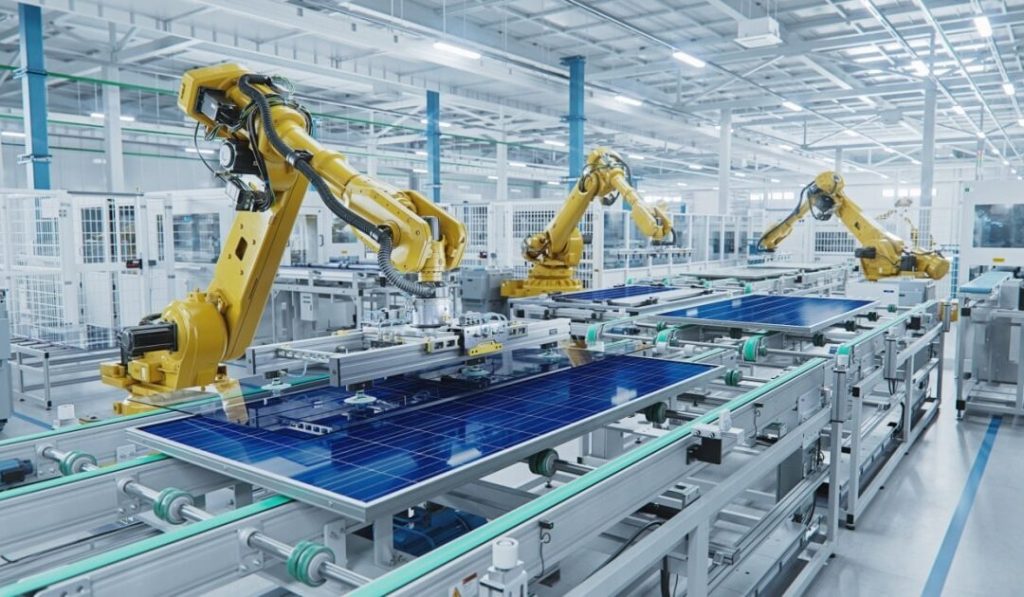As houses and buildings continue to change to satisfy the needs for energy efficiency, smart windows are one of the developments that will be crucial to sustainable living in the future. These advanced systems of glazing go beyond traditional window functions and offer dynamic controls over light, warmth, and privacy. They represent an important shift in how manufacturers look at design, manufacturing, and environmental responsibility.
Edmonton window manufacturers are experimenting with smart window technologies to make buildings more efficient and sustainable. Smart windows are revolutionizing manufacturing and modern architecture. Read on to learn what this means for the building industry, homeowners, and builders.
What Are Smart Windows?
Smart windows can be controlled by advanced technology. These windows can adjust transparency, light transmission, and thermal properties automatically or manually. These windows change based on user input or environmental conditions in real time.
There are a number of different smart window technologies.
- Electrically-Chromatic: This product changes its opacity with a small electric current.
- Temperature-sensitive: This device reacts to temperature fluctuations.
- Photochromic: Adjusts in accordance with light intensity.
These technologies allow for better temperature control in the interior and reduce the use of blinds, drapes, and sometimes artificial lighting.
Smart Windows For Energy Efficiency
The most important benefit of smart windows comes from energy saving. By causing heat gain in the summer and heat loss in the winter, conventional windows may increase HVAC demand. Smart windows actively manage these energy transfers and keep interior spaces warmer in summer or cooler in winter.
You can dim the windows during peak daylight hours to reduce glare. In the colder seasons, they may be left uncovered in order to let solar heat gain through, thus reducing heating needs.
Depending on the building and climate, smart windows reduce energy consumption by up to 20%. This makes smart windows a valuable resource for achieving certifications in green buildings like LEED standards or Passive House standards.
How Smart Windows Are Changing Window Manufacturing
Smart windows don’t just change the way buildings function–they also change the way windows and doors are made. Edmonton window producers and others worldwide are adapting to this change by incorporating sustainable materials, energy-efficient coatings, and advanced fabrication methods.
The impact of smart window design on sustainable manufacturing
1. Material Innovation
In the future, manufacturers will be using recyclable or low-impact materials instead of energy-intensive ones. This includes eco-friendly frame materials like recycled aluminum or wood composites made from sustainable resources, as well as non-toxic coatings and films used in the manufacture of smart glasses.
2. Low-Emission Production Processes
Closed-loop, low-VOC systems, water-based finishes (to minimize waste), and emissions are becoming increasingly important in the sustainable manufacturing of windows. The incorporation of smart technology within window systems drives manufacturers to reduce their carbon footprint during every stage of production.
3. Durability
Smart windows last longer because they are built with high-performance materials and features. It will also reduce resource consumption and landfill waste. Edmonton’s window producers are not only committed to technology, but also to sustainability.
4. Customization of Modular Design
Smart windows often come in a modular or custom design, which allows for a better fit and less waste. Customization is also important to ensure that technology integrates seamlessly with specific building orientations and energy needs, supporting sustainability.
Smart Windows And Sustainable Architecture
Smart windows will play an increasingly important part in helping architects and designers create energy-efficient and environmentally friendly structures. Smart windows are being integrated into commercial, residential, and institutional buildings to achieve the following:
- Reduced dependence on HVAC Systems
- Better indoor comfort with daylighting
- Lower operating costs for building owners
- Improved aesthetic flexibility while maintaining sustainability
These benefits are aligned with urban planning and environmental goals aimed at creating smarter cities, reducing emissions, and conserving energy.
Road Ahead And Challenges
While smart Windows are promising, there is still a barrier to wide adoption.
- High initial costs when compared with standard windows
- Extreme climates and technology limitations
- Compatibility of existing window frames, home automation systems, or other devices
The price of smart windows is expected to drop as demand increases and technology matures.
Final Thoughts
The future for sustainable building is intelligent design, high energy efficiency, and environmentally conscious manufacturing. Smart Windows combine these elements to offer a powerful, yet stylish solution for buildings and homes that wish to reduce their carbon footprint.
Edmonton window manufacturers are working to provide smart, sustainable, and modern solutions as the demand increases. Through innovation and responsible production, as well as performance-driven designing, smart Windows are not just a fad; they’re a critical part of the next generation of green living.

